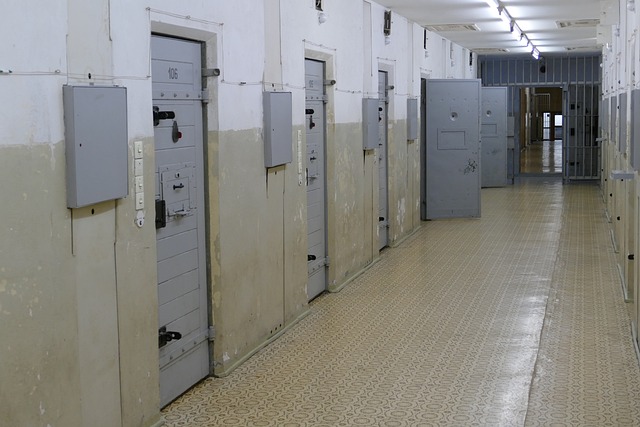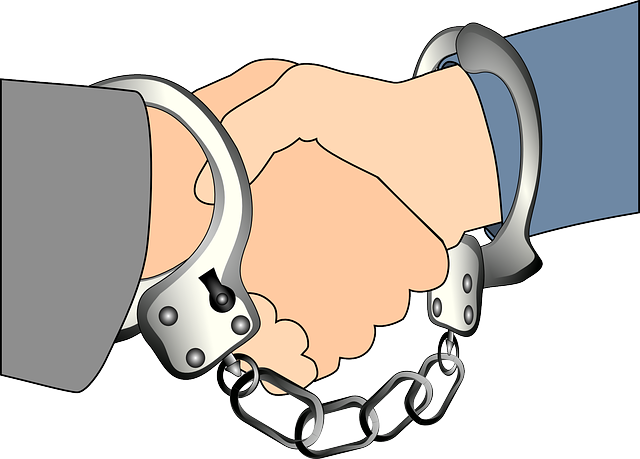In many legal systems, drunk driving (DUI) causing property damage significantly impacts liability and sentencing, with harsher penalties for repeat offenders or high-risk individuals. Effective DUI management for these reoffenders is crucial to enhance public safety. Strategies include enhanced monitoring, strict license suspensions, specialized rehab programs, random breath testing, vehicle impoundment, community education, and collaborative plans between authorities and rehab centers. Proven successful interventions tailor support to address underlying causes, provide feedback, and break the cycle of DUI offenses, reducing recidivism among high-risk reoffenders. Inspiring case studies show lasting change is achievable through intensive treatment combining personalized therapy, group support, and community involvement.
In the complex landscape of DUI (drunk driving) cases, understanding property damage liability is paramount. This article delves into the intricate web of legal responsibilities, focusing on high-risk reoffender identification and management strategies. We explore effective DUI programs designed to reduce recidivism, highlighting successful rehabilitation case studies. By examining these key aspects, we aim to empower stakeholders in navigating and minimizing the impact of property damage associated with DUI, especially among repeat offenders.
- Understanding Property Damage DUI Liability
- High-Risk Reoffender Identification and Management Strategies
- Effective DUI Management Programs for Reduced Recidivism
- Case Studies: Success Stories in Property Damage DUI Rehabilitation
Understanding Property Damage DUI Liability

In many jurisdictions, property damage resulting from a drunk driving (DUI) incident can significantly impact liability and sentencing. Understanding Property Damage DUI Liability is crucial for both individuals facing charges and legal professionals navigating this complex area. If an individual found guilty of DUI causes substantial property damage—such as wrecking a vehicle or damaging public infrastructure—it can enhance the severity of their sentence, including potential jail time and hefty fines. This heightened liability underscores the gravity of drunk driving offenses.
For repeat offenders or those deemed high-risk reoffenders, effective DUI management becomes even more critical. Strict sentences, including extended license suspensions or even impoundment of vehicles, can be imposed to deter future infractions. Legal strategies focusing on mitigating property damage liabilities and emphasizing responsible DUI management are essential to protect the rights of accused individuals while also ensuring public safety.
High-Risk Reoffender Identification and Management Strategies

In the context of Property Damage and DUI Liability, identifying and managing high-risk reoffenders is paramount to mitigating potential dangers. High-risk reoffenders, often characterized by a history of DUI offenses or other property damage incidents, pose a significant threat to public safety. Effective management strategies involve a multi-faceted approach, including enhanced monitoring, rigorous license suspension protocols, and participation in specialized rehabilitation programs. By implementing these measures, legal authorities and courts can ensure that such individuals are held accountable for their actions and deterred from future transgressions.
Strategic interventions, such as random breath testing and strict enforcement of vehicle impoundment policies, serve as powerful tools to deter potential reoffenders. Additionally, community-based programs that foster education and awareness about the consequences of DUI can play a crucial role in preventing recidivism. Collaboration between law enforcement agencies, judicial bodies, and rehabilitation centers is essential for developing comprehensive strategies aimed at identifying and effectively managing high-risk DUI reoffenders.
Effective DUI Management Programs for Reduced Recidivism

Effective DUI (Drunk Driving) management programs are instrumental in reducing recidivism, especially among high-risk reoffenders. These programs often involve a multi-faceted approach, combining education, counseling, and structured support to address the underlying causes of impaired driving. By targeting high-risk individuals with tailored interventions, these initiatives aim to break the cycle of DUI offenses.
One key strategy is implementing intensive supervision and regular check-ins, ensuring compliance with legal requirements and providing immediate feedback on behavior. Additionally, group therapy sessions and peer support networks can foster a sense of accountability and offer emotional support, significantly lowering the likelihood of future DUI incidents.
Case Studies: Success Stories in Property Damage DUI Rehabilitation

In the realm of DUI (Drunk Driving) rehabilitation, successful recovery stories from high-risk reoffenders offer valuable insights and inspiration. Case studies highlighting these individuals’ journeys demonstrate that lasting change is achievable. For instance, consider a previous repeat offender who, after a severe property damage incident, enrolled in an intensive treatment program. Through personalized therapy, group support, and community involvement, this individual not only overcame their addiction but also learned coping strategies to manage triggers effectively. Their success serves as a testament to the power of comprehensive rehabilitation.
Another compelling narrative focuses on an at-risk youth who, facing potential life behind bars due to a DUI-related property crash, found solace in a specialized program that addressed both substance abuse and underlying behavioral issues. By implementing evidence-based practices, mentorship, and education, the program equipped this young person with the tools needed for long-term sobriety. This transformation showcases how tailored interventions can break the cycle of reoffending, paving the way for successful integration back into society as a responsible and law-abiding citizen.
In conclusion, addressing property damage caused by DUI involves a multi-faceted approach. Understanding the legal liability, identifying and managing high-risk reoffenders, implementing effective DUI management programs, and leveraging case studies as success stories are all crucial components to reduce recidivism. By adopting these strategies, communities can foster a safer environment while providing rehabilitation opportunities for those affected by DUI-related property damage. Effective high-risk reoffender DUI management is key to achieving both public safety and positive outcomes for individuals seeking to turn their lives around.






